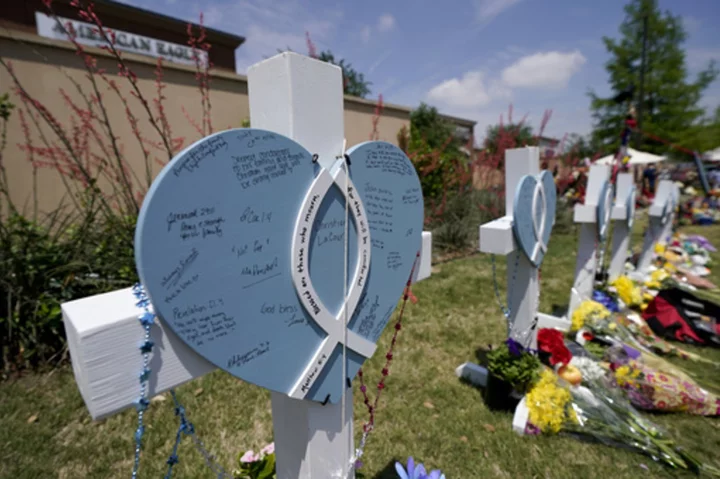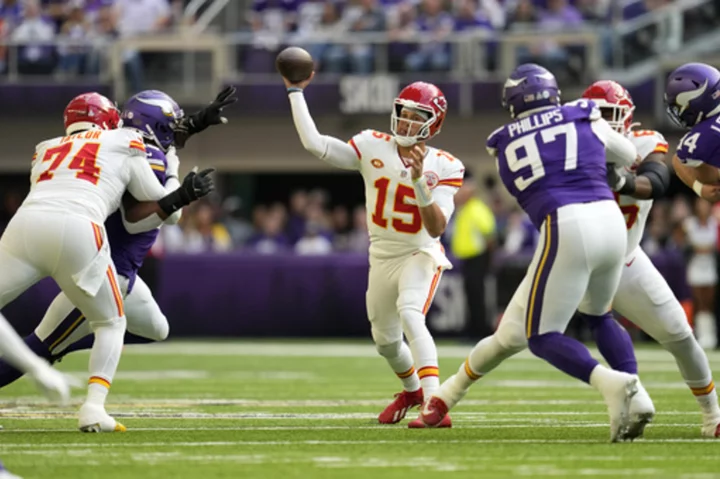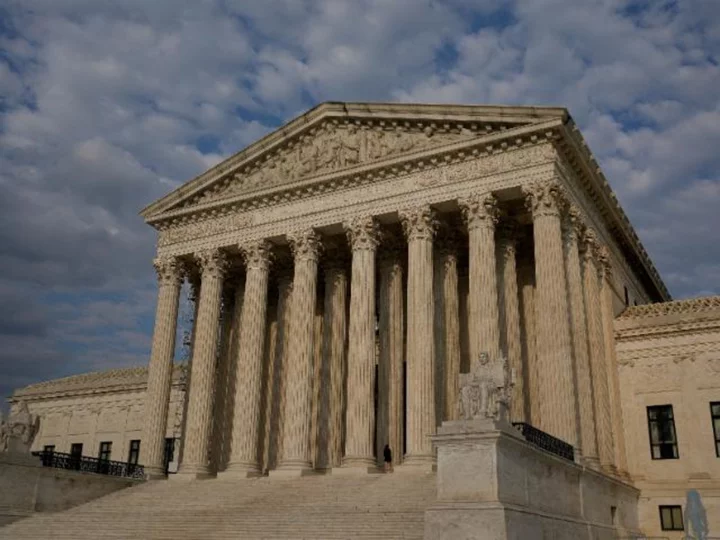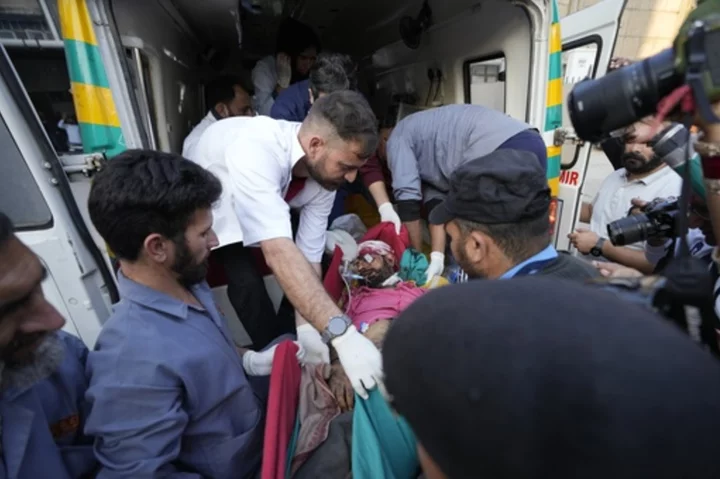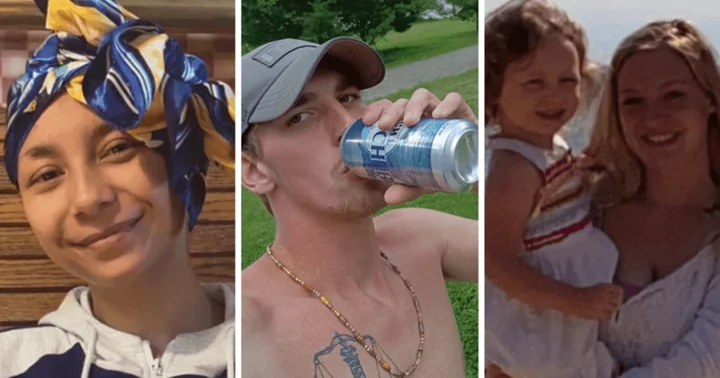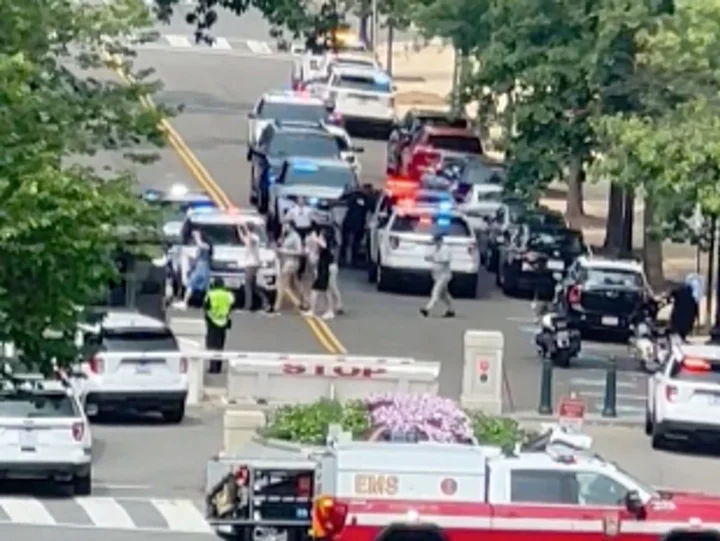Jennifer Seeley was glued to her phone, safe at home but terrified nonetheless.
There was an active shooter at the Texas mall where she works as an assistant store manager. And she was searching desperately for information, praying. Was the gunman dead? Were her coworkers dead? What was happening?
So with law enforcement in the Dallas area town of Allen releasing information slowly on that horrible May 6 afternoon, she turned to social media for answers, stumbling across videos showing the bodies of some of the eight who were slain. Desperately she texted her coworkers.
“That’s where all of my information came from was what I saw on Twitter. And, you know, nobody was really releasing any information on what actually happened,” she says now, nearly two weeks later.
The shooting at the Allen Premium Outlets this month has law information public information officers from around the country talking. Social media, they say, has accelerated everything. Now everyone can post images from their phone. That means if police don’t talk, reporters and the public will simply go online, as happened in Allen.
And that presents a major problem, says Katie Nelson, social media and public relations coordinator for the Mountain View Police Department in northern California. Nelson teaches about crisis management and social media best practices. And these days, she says, when it comes to responding, “The luxury of time does not exist."
___
POLICE APPROACHES HAVE EVOLVED
Police began to harness social media a decade ago, most famously after the Boston Marathon bombing in 2013. The four-day manhunt ended with police tweeting: “CAPTURED!!! The hunt is over. The search is done. The terror is over. And justice has won. Suspect in custody.”
It was groundbreaking at the time, says Yael Bar Tur, a police communication consultant and former director of social media for the New York City police department. Now, she says, that it is the basic level expected of law enforcement.
“It’s not enough just to be on social media, you have to be good at it,” she says. “At the end of the day, you know, we have to use this tool because if you don’t, it is going to be used against you.”
In Allen, the mall shooting happened around 3:30 p.m. Allen police sent their first tweet around 4:20 p.m., announcing simply that police were at the mall and that an active investigation was underway. Seeley continued to fear that her coworkers at the Crocs store were hiding and the gunman was still on the loose.
At nearly 7 p.m., police in Allen said an officer had “neutralized the threat.” That meant he was dead. But the often-used term can be confusing to the public, says Julie Parker, a former broadcast journalist and law enforcement public information officer who now advises government agencies on how to respond to critical incidents.
“Normal people who don’t work in law enforcement don’t know what the words neutralized means,” Parker says.
Adding to the situation, the initial news conferences were brief and infrequent. One lasted less than two minutes, and police took no questions.
Eventually she learned that her coworkers had survived, but a security guard she knew was among the dead. Twenty-year-old Christian LaCour had helped jump start a customer’s car just a few days earlier.
“Very anxiety-inducing,” Seeley said of the whole experience.
___
MAKING THE BEST OF SOCIAL MEDIA
How to harness social media in the best ways — and quickly — was on everyone’s mind last week as public information officers gathered at a midyear conference of the International Association of Chiefs of Police.
“You had a little more time to get information out five or six years ago. The expectation wasn’t there that it would be immediate, and I think it is now,” says Sarah Boyd, who is on the executive board of the association’s group on public communication.
She says her colleagues often text each other to discuss how communications are handled after tragedies. The responsibility weighs on her; she is well aware that the messages police tweet in the midst of a mass shooting might be read by someone hiding from the shooter.
“All they’ve got is their phone, and that tweet is their lifeline," says Boyd, a former newspaper reporter. She is now the public relations manager at the Clay County, Missouri, Sheriff’s Office in the Kansas City area.
This newest crop of public information officers, who like Boyd are much more likely to be former reporters themselves than in the past, also are demanding to have a seat at the table when officers are planning how to respond to mass casualty events and police shootings.
They note that the flow of information can go both ways, generating tips from the public, who might have cell phone or Ring doorbell video that could help investigators.
It can be challenging, though, with police nationally struggling to regain the public's trust in the wake of George Floyd's killing in 2020 and the protests that followed. Many factors — for example is the suspect still on the loose? — play a role in what can be released. And even if the suspect is killed, the investigation isn’t over; law enforcement still must determine whether the shooter acted alone, says Alex del Carmen, an associate dean of the school of criminology at Tarleton State University in Texas.
Missteps after the mass shooting at Uvalde, when law enforcement released shifting and at times contradictory information, show the importance of getting details right.
“People were just scratching their heads on the second or third day,” del Carmen says. He has sympathy, though, for the officers faced with communicating the unimaginable; entire careers can be defined by moments like these.
___
A MODEL FOR QUICKER INFORMATION
The bulk of the nation’s police forces are small, and there are vast differences in what each state allows them to release. In Missouri, for instance, 911 recordings are inaccessible to the public.
The public itself has no such restrictions, though.
After a man killed 10 people at a supermarket in Boulder, Colorado, in March 2021, an independent, part-time journalist began livestreaming on his YouTube channel before officers even arrived. The effect can be instantaneous — and, for authorities, quite dizzying.
“We’re putting out information quicker than I’ve ever seen before,” says Boulder police public information officer Dionne Waugh. Given the speed of social media, she says, there's simply no choice.
Amid a crush of media, each victim's family was assigned its own public information officer. All the while, what had happened was hitting Waugh personally; the victims included police Officer Eric Talley, a friend who died rushing into the store.
Though she described the experience as “life-changing” and “horrible,” she has led trainings in the years that have followed. She hopes that reliving it will help others.
Sadly, it wasn't long after Nashville Police Department spokesperson Don Aaron asked her to speak that he faced his own mass shooting. In March, a shooter killed three children and three adults in March at a Christian school in his city before being gunned down by police.
The police tweets were fast. The very first one announced that the shooter was dead. Surveillance video was released before the 10 p.m. nightly newscast. Body camera footage came out the following morning, in line with the department's policy of releasing such video quickly. The stream of information was fast, continual and generally accurate.
“As we have made decisions about releasing body cam in police-shooting situations, I have said to some of my colleagues across the country, especially when this first started, that I was flying a jet trying not to crash it,” says Aaron, a 32-year police veteran. “And so far, it hasn’t crashed.”

